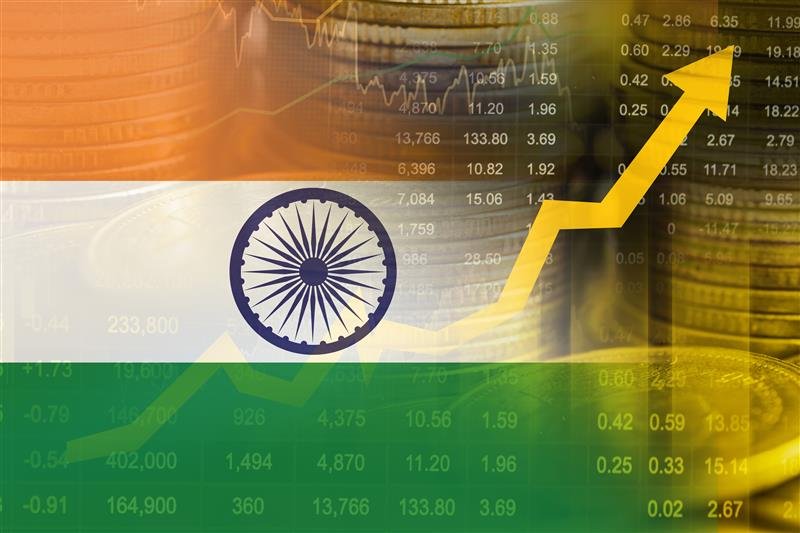In September 2025, India ushered in a sweeping reform of the Goods and Services Tax (GST) regime, popularly dubbed GST 2.0. The 56th GST Council meeting resolved to rationalize tax slabs, reduce complexity, and provide relief to consumers and businesses alike.
The new regime became operative from 22 September 2025, aligning with the start of Navratri. Under the updated structure, most everyday goods and services now fall under simplified tax slabs, while luxury and “sin” items carry a steeper rate.
Key Changes in the GST Structure (2025)
1. Reduction to Two Primary Slabs (Plus Demerit Rate)
The hallmark of the reform is the collapse of the four old slabs (5%, 12%, 18%, 28%) into just two main tax rates: 5% and 18%.
- The 5% “merit” slab is for essential goods and services, including food items, personal care, and daily household products.
- The 18% standard rate will apply to most other goods and services not classified under merit or demerit slabs.
- A new 40% demerit rate is introduced for luxury and sin goods (cigarettes, high-end cars, sweetened beverages, etc.).
In addition, certain goods remain exempt (0%) or nil-rated under specific schedules.
2. Items Shifting to Lower Rates
Many goods and services get relief through downward revision of GST:
- Household essentials (soaps, toothpaste, hair oils) and stationery items will now attract 5%, down from 12% or 18%.
- Electronics, appliances, and small cars, which were earlier taxed at 28%, now move to 18%.
- Medical devices, life-saving drugs, diagnostic kits, and life & health insurance premiums are now exempt or moved to lower slabs to promote affordability.
- Agricultural inputs, irrigation equipment, and renewable energy devices also see reduced GST rates (moving to 5%).
3. Items Moving to Higher Rates
Certain products will now be taxed more heavily:
- Luxury goods and sin items such as premium cars, tobacco, aerated drinks, and items with added sugars are placed in the 40% slab.
- Items earlier in lower slabs but seen as “wasteful consumption” may now attract the higher rate depending on classification.
Why This Reform? Rationale & Benefits

Simplification & Ease of Compliance
One of the main drivers behind GST 2.0 was to simplify tax slabs and reduce irrational anomalies that plagued the earlier model. Fewer slabs mean easier classification, fewer disputes, and lower compliance burdens for businesses.
Relief for the Common Citizen
Reducing GST on everyday essentials ensures more disposable income remains with households. Many items like food, personal care, and healthcare are now more affordable.
Boost to Consumption & Growth
Lower GST on consumer goods and durable items could stimulate demand, especially during festive seasons.
By rationalizing input tax credits and smoothing the GST chain, the reform aims to enhance business efficiency and productivity.
Correcting Anomalies & Inverted Duty
Some products earlier suffered from inverted duty structure (when input taxes were higher than output) causing distortions. The new framework addresses many of these anomalies.
Challenges & What Businesses Must Do
Updating Systems & Software
Businesses must reconfigure billing, ERP, and accounting systems to accommodate the new rates.
Time of Supply & Transitional Rules
Supplies or payments straddling the effective date (22 September 2025) may lead to ambiguity. The “time of supply” rules under CGST will govern the applicable rate.
Input Tax Credit (ITC) Implications
Existing ITC for goods purchased at old rates may need adjustments or reversals if the output rate is lower. Businesses must carefully assess their credit ledger.
Re-classification Risks & Litigation
Goods and services may be re-classified under new slabs, opening potential for disputes and litigation. Robust due diligence is essential.
Updated GST Structure in India 2025 marks a decisive shift toward simplification, fairness, and growth. With only two primary slabs (5% and 18%) plus a 40% demerit rate, most essential goods and services get relief, while luxury consumption is taxed more heavily. The reform aims to ease business operations, stimulate domestic demand, and correct structural anomalies in the old regime.
However, success depends on smooth transition, clarity in rules, and compliance readiness — especially for SMEs, service providers, and industries with complex input chains. As India embraces GST 2.0, it offers both opportunities and challenges — and the coming months will be critical in setting the tone for this new tax era.
Read Also: Advertisement Marketing
![]()





